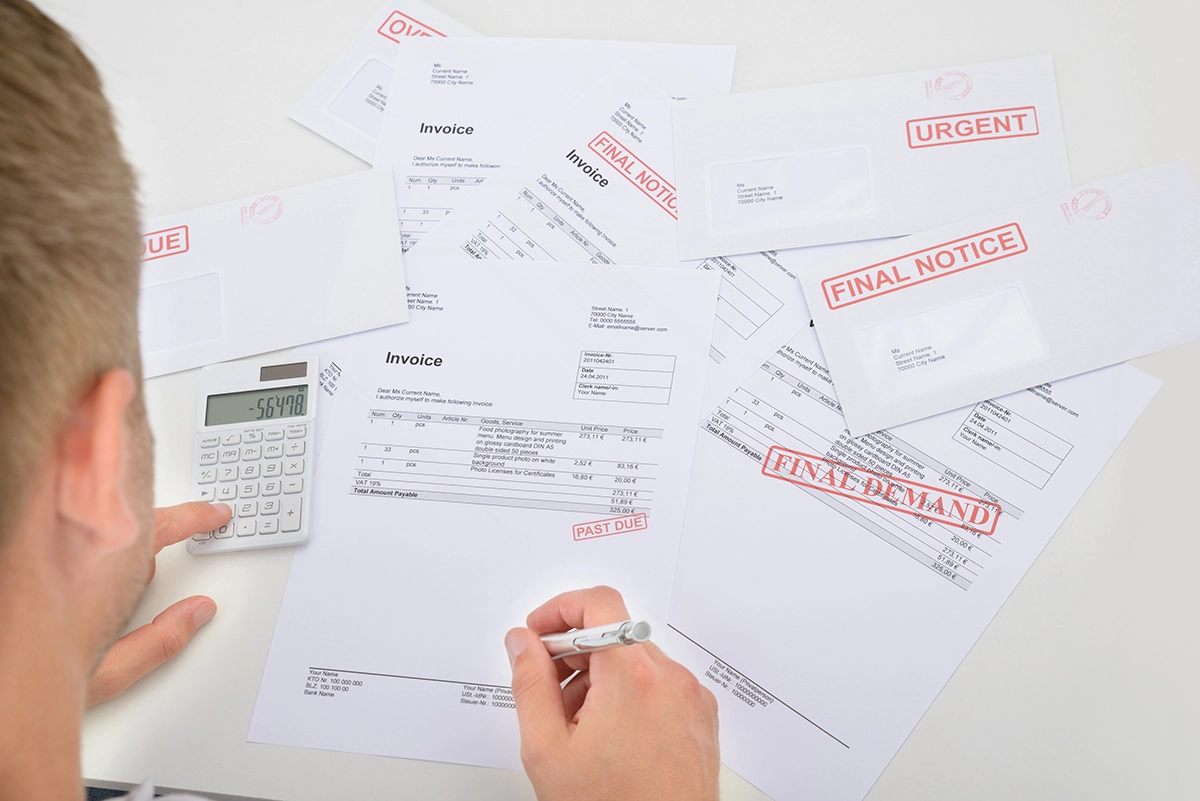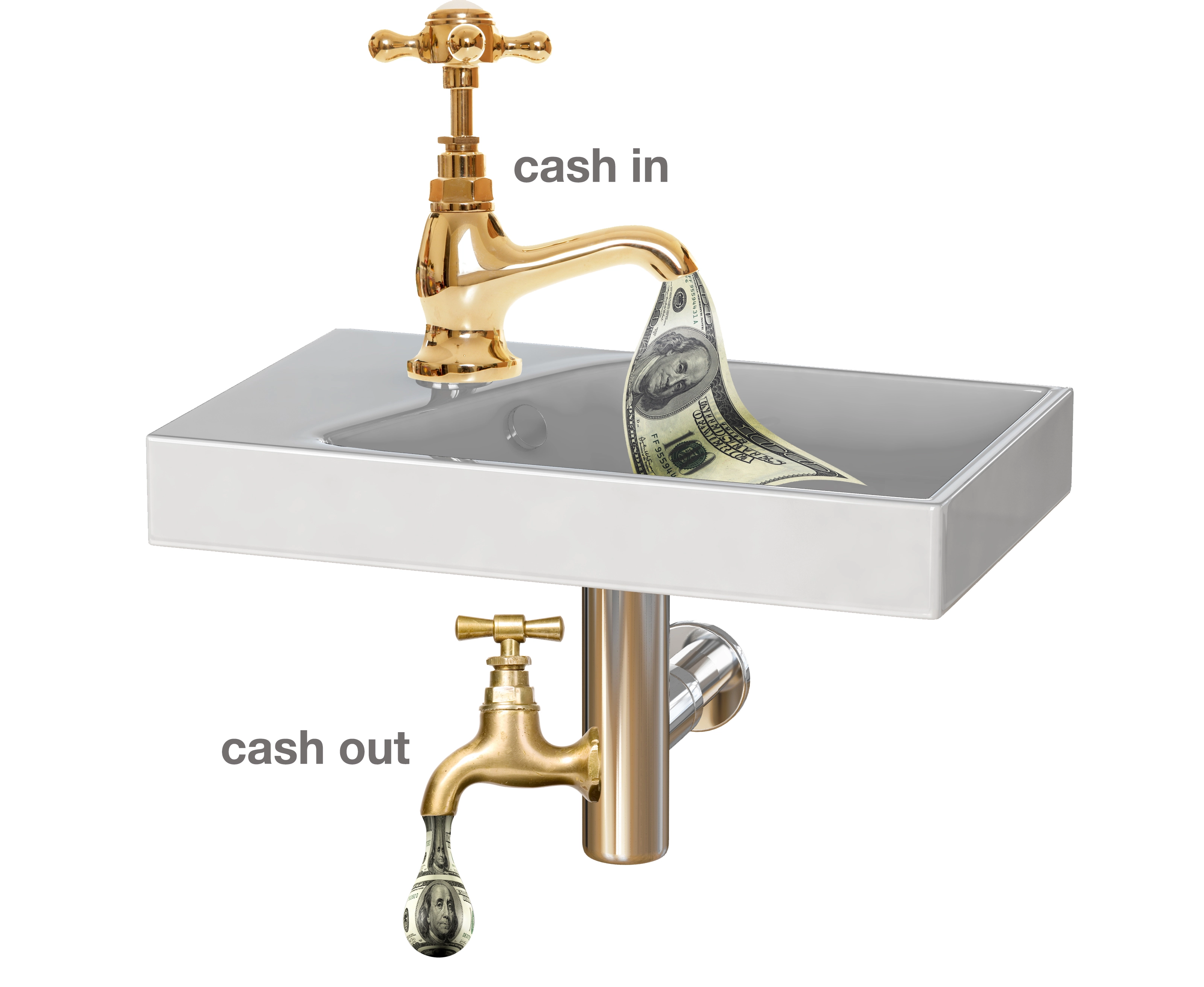Many contractors are focused on growing top-line revenues. They want to increase revenues by 10%, 15%, 20%, or more in a year. I always ask them this question, “Why do you want to grow revenues?” Usually, the answer is ego-driven. At this point, I try to get contractors to focus on growing profits by a certain percentage each year. In my opinion, that is more important than growing revenues, and much more prudent financially.
Can Your Company Afford to Grow?
Of course, if you have grown your business so quickly that you are currently stuck in a “No Man’s Land” with revenues hovering around $1 million, or you can’t seem to get over the $5 million revenue mark and keep it there, then yes, you do need to grow revenues so that you can afford the overhead that needed to be added as you grew.
However, if you can avoid this situation and follow my advice to grow steadily and when you can afford to grow, then you will be better for it. Last month I gave you the formula to help you save cash and get to the point where you have a six-month cash reserve. This month I’ll give you the formulas to determine whether you are growing too fast and a rule-of-thumb determinant to estimate how much cash you need to grow.
First, let’s look at important definitions:
• Working capital: Current assets minus current liabilities -
• Current assets: These are cash or assets that are turned into cash within a fiscal year.
Generally, current assets are cash, accounts receivable, inventory, and prepaid expenses. All these current asset accounts should have a positive value except for allowance for doubtful receivables.
Those of you who have commercial revenues may list “work in progress” as a current asset. In addition, be sure to separate retainage from other receivables. You never know when you will receive your retainage checks. So, don’t account for them among the “normal” receivables. Keep these separate.
If you don’t have inventory on your balance sheet, you are still accounting for inventory as costs of goods sold. In months that you buy a lot of materials which should be inventory, your cost of goods sold is higher than it should be, and your net operating profit is lower than it should be.
• Current liabilities: Accounts payable and other debts that must be paid within a year. Generally, current liabilities are accounts payable, payroll and business taxes payable, deferred income for maintenance plan enrollments, deferred income for deposits on jobs, and the current portion of long-term debt. All these current liability accounts should have a positive value.
The deferred income for deposits on job accounts is essential to ensure your accounts receivable are not negative. If you don’t have this current liability account, then when you receive a deposit on a job, the accounts receivables are negative until you invoice for that job.
• Annualized revenues: This is the amount that you estimate your annual revenues to be at any month for your fiscal year. Of course, year-end numbers may differ and are best to use.
However, how do you annualize revenues if it is May and your year-end is December?
Annualized revenues for May equal the total of January through May revenues times 12 divided by 5 (the fifth month of your fiscal year).
This calculation is still appropriate even though our industry has seasonal revenues. The annualized revenue calculations in the first quarter (if it is the slowest quarter) might be a little low. However, as the revenues accumulate through the year, the annualized revenues for the year get consistent.
Is Your Company Growing Too Fast?
Every company wants to grow. But as you can see, sometimes this growth will be to your detriment and can negatively impact future growth if it’s not done in a fiscally responsible way. So, how do you determine if the company is growing too fast?
Below are two formulas to help you determine if your company is ready to grow:
• Formula to determine if your company can afford to grow:
The annualized revenues are divided by working capital. If these equal 10 or higher.
If the result is under 10, then your company probably is not growing too fast. You should not outgrow your cash.
• Formula to determine how much cash you need to grow:
You need 10% of the anticipated growth in cash to survive the growth.
For example, if you are planning to grow from $1,000,000 to $2,000,000 in sales, you need $100,000 in cash to fund that growth.
The cash is needed for expenses in the following three major areas:
1. Vehicles: Van wraps and other signage, shelving, inventory, tools, etc.
2. Field personnel overhead expenses: Laptops, tablets, phones, uniforms, non-billable time, worker’s comp, and other non-billable payroll expenses
3. General overhead expenses: Any additional office personnel and their payroll expenses (dispatcher, CSR, accounting), additional marketing/advertising, and potentially moving expenses if your company has grown past its existing building capacity
Having your bookkeeper prepare a weekly cash flow report should help you keep track of cash. Make sure that you see an increase in your savings account each week based on the amount of cash that was received. For example, if the company received $20,000 in cash, you should see a deposit of $200 to $400 in your savings account.
Use these formulas to make sure your company is not growing too fast and to determine the dollars needed to fund your company’s revenue growth.
Ruth King has over 25 years of experience in the hvacr industry and has worked with contractors, distributors, and manufacturers to help grow their companies and become more profitable. She is president of HVAC Channel TV and holds a Class II (unrestricted) contractors license in Georgia. Ruth has written several books and has a new one hot of the press. Click Here to order. Contact Ruth at ruthking@hvacchannel.tv or call 770.729.0258






